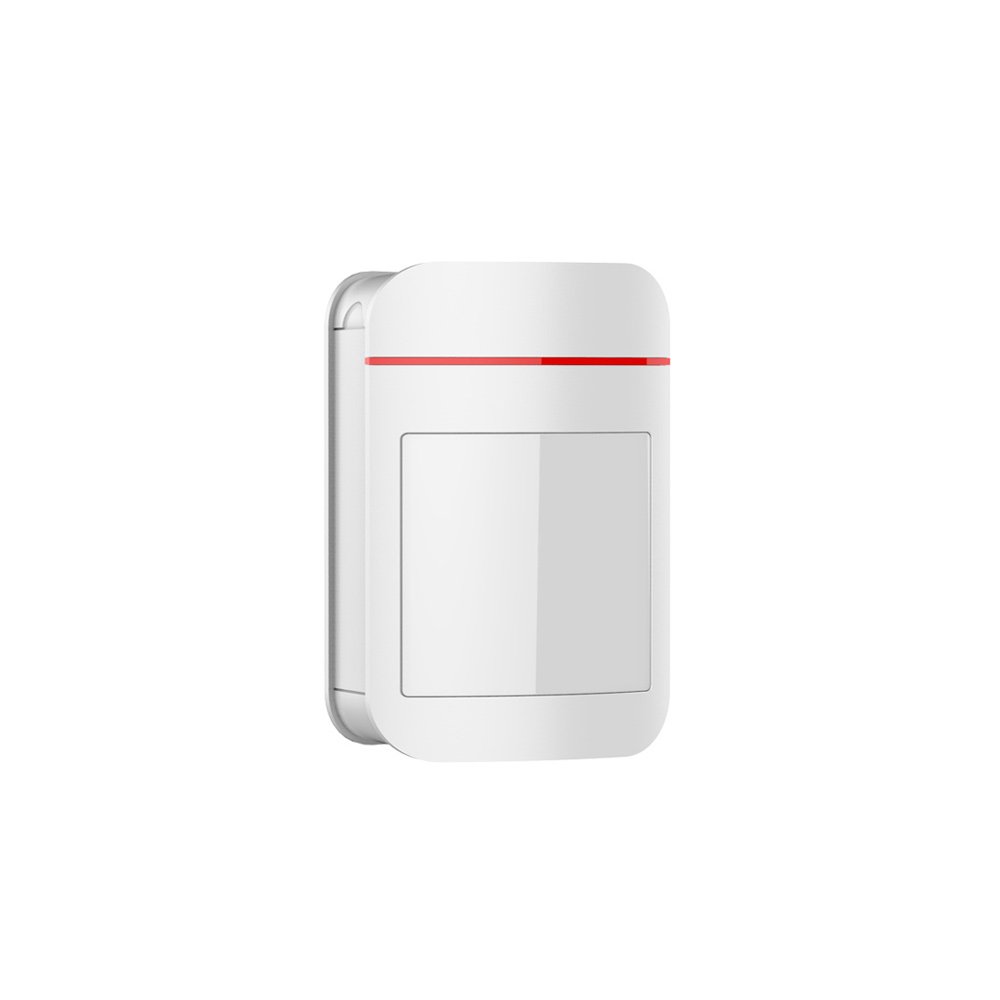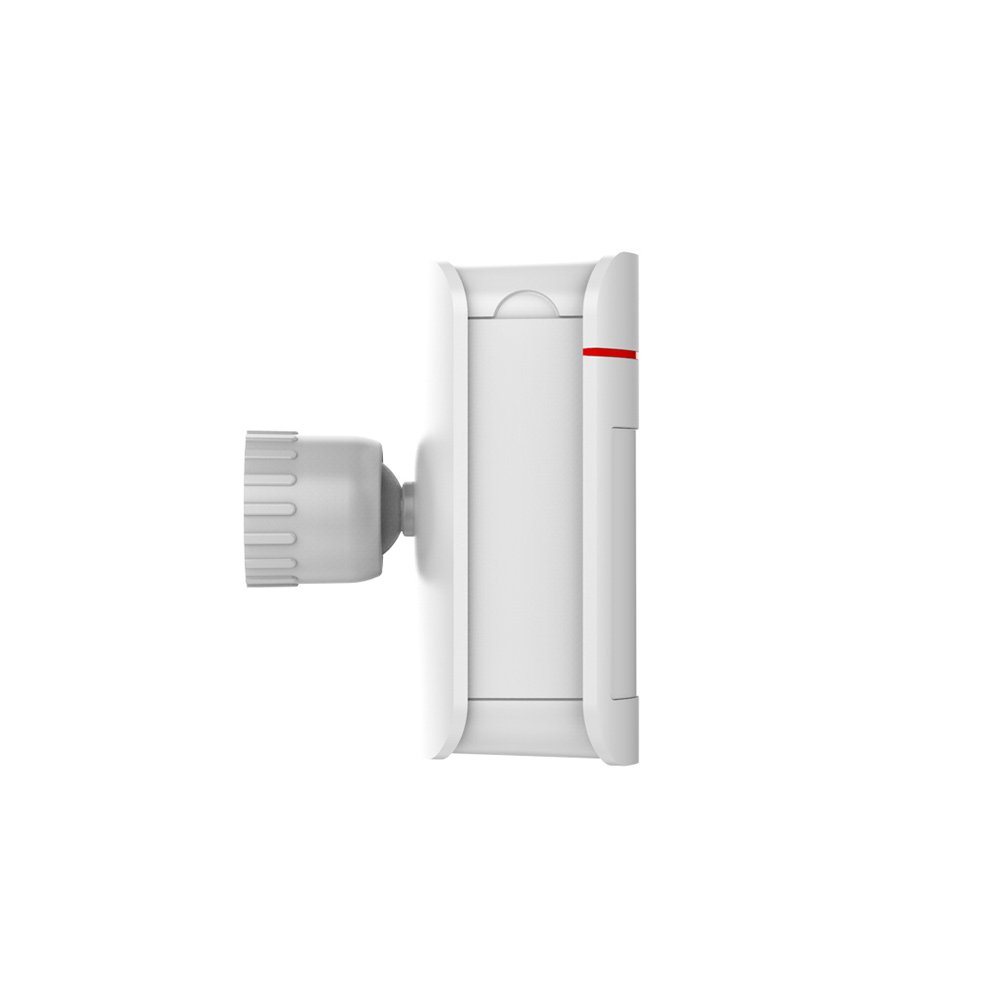Description
Key Features:
- Wireless Communication: These detectors utilize wireless protocols (such as Wi-Fi, Z-Wave, or Zigbee) to communicate with the central security system, allowing for easy placement and adjustments without dealing with wiring issues.
- Digital Signal Processing (DSP): By digitally processing the infrared data, the detector can more effectively discern between genuine threats (like a human intruder) and false alarms (like pets or moving curtains).
- Pet Immunity: Advanced models include pet-immunity features that can distinguish between pets and potential threats, reducing false alarms while keeping the space secure.
- High Sensitivity and Range: They typically offer a wide range of detection zones and can be adjusted for sensitivity, making them suitable for different sizes and types of areas.
- Battery Operated: Being wireless, these units are generally powered by batteries, making them not dependent on local power sources and operational even during power outages.
- Low Power Consumption: Designed to be efficient, they consume little power, which extends battery life and decreases maintenance.
Applications:
- Residential Security Systems: They provide homeowners with peace of mind by detecting movements within homes, especially in key entry points and common areas.
- Commercial Security Systems: Used in businesses to monitor for unauthorized access after hours or in restricted areas.
- Industrial Facilities: Helpful in large areas like warehouses where monitoring human activity is crucial for security.
- Smart Home Automation: Can trigger other smart devices, like cameras or lights, creating responsive, automated environments.
Installation Tips:
- Optimal Placement: Position these sensors at a height of about 6 to 8 feet from the ground for best coverage. Avoid placing them near heat sources or areas with frequent temperature changes, like air vents, which may trigger false alarms.
- Testing and Calibration: After installation, it’s crucial to test and calibrate the sensor to ensure it operates as expected. This might include adjusting the sensitivity settings and checking the detection range.
- Avoid Obstructions: Make sure the sensor’s line of sight is not blocked by furniture, plants, or decorations that could impede its ability to detect movement.
- Regular Maintenance: Regularly check and replace the batteries if necessary. Also, ensure the sensor lens is clean and free from dust.
Benefits:
- Enhanced Security: Provides reliable motion detection, enhancing overall security.
- Flexibility in Installation: Wireless connectivity allows for easy placement without concern for cabling.
- Reduced False Alarms: Digital processing minimizes the chance of false alarms, which can be a significant issue in less sophisticated systems.
- Scalability: Easy to add additional sensors to expand coverage.
Wireless Digital PIR Detectors are essential for modern security setups, offering a mix of convenience, reliability, and advanced functionality. They are particularly valuable in environments where flexible installation and high accuracy in motion detection are required.







